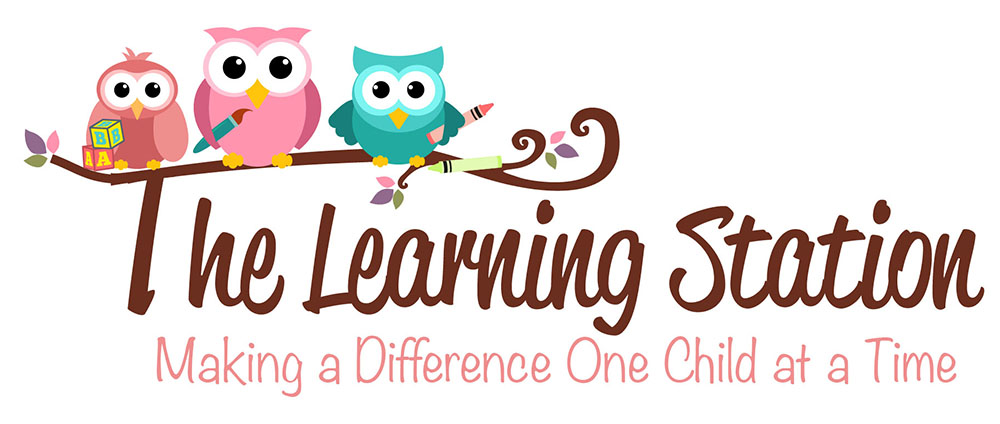Summer is the time of year for running around, playing outdoors, and staying active in the beautiful weather. However, all this running and physical activity in the heat of the day can put children, and adults, at risk for heat stroke and related types of complications.
Heat stroke is not just a slight problem; it can be extremely harmful and even fatal if not treated immediately once it reaches a severe stage. The good news is that parents can teach their children to recognize when they are getting too warm and take the right steps to cool off and enjoy the rest of the day.
The earliest signs of heat stroke, sometimes known as heat exhaustion, include symptoms such as:
- Weakness, fatigue and muscle cramps
- Feelings or nausea or even vomiting
- Dizziness and headaches
If the child is not cooled off at this point the symptoms progress to full heat stroke and include elevated body temperature, hot dry skin, lack of sweat production, rapid pulse, difficulty in breathing and agitation and confusion.
To help you child avoid heat exhaustion or the more serious heat stroke teach them to:
- Always ensure that children bring water with them and hydrate regularly throughout the activity. Children should be limited to water or sports drinks but not sodas, energy drinks or drinks containing caffeine.
- Wear a hat to help keep direct sun of the head, also wear lighter colored, loose fitting clothing to allow perspiration to evaporate and cool the body.
- Limit any intensive activity or competitive events in the hottest parts of the day or when humidity levels are high.
- Encourage kids to find games that can be played in shady areas of the yard or playground area.
Last, and most important, parents need to focus on never leaving a child in a car or leaving a vehicle unlocked so that children can get into the hot interior. The greatest cause of injury and death due to heat stroke is related to children being left in vehicles, often for as little as five minutes, resulting in a tragedy that could have easily been prevented.

